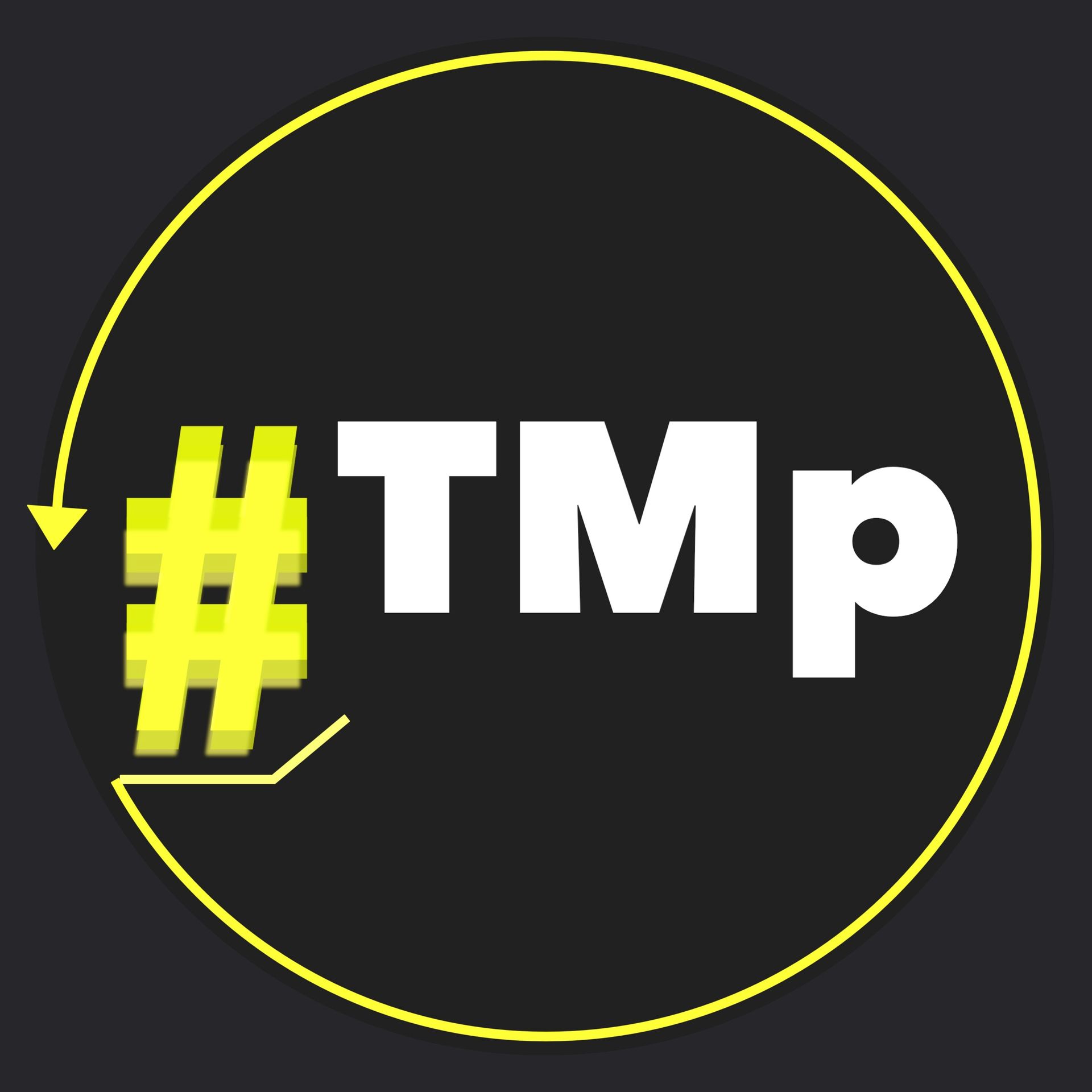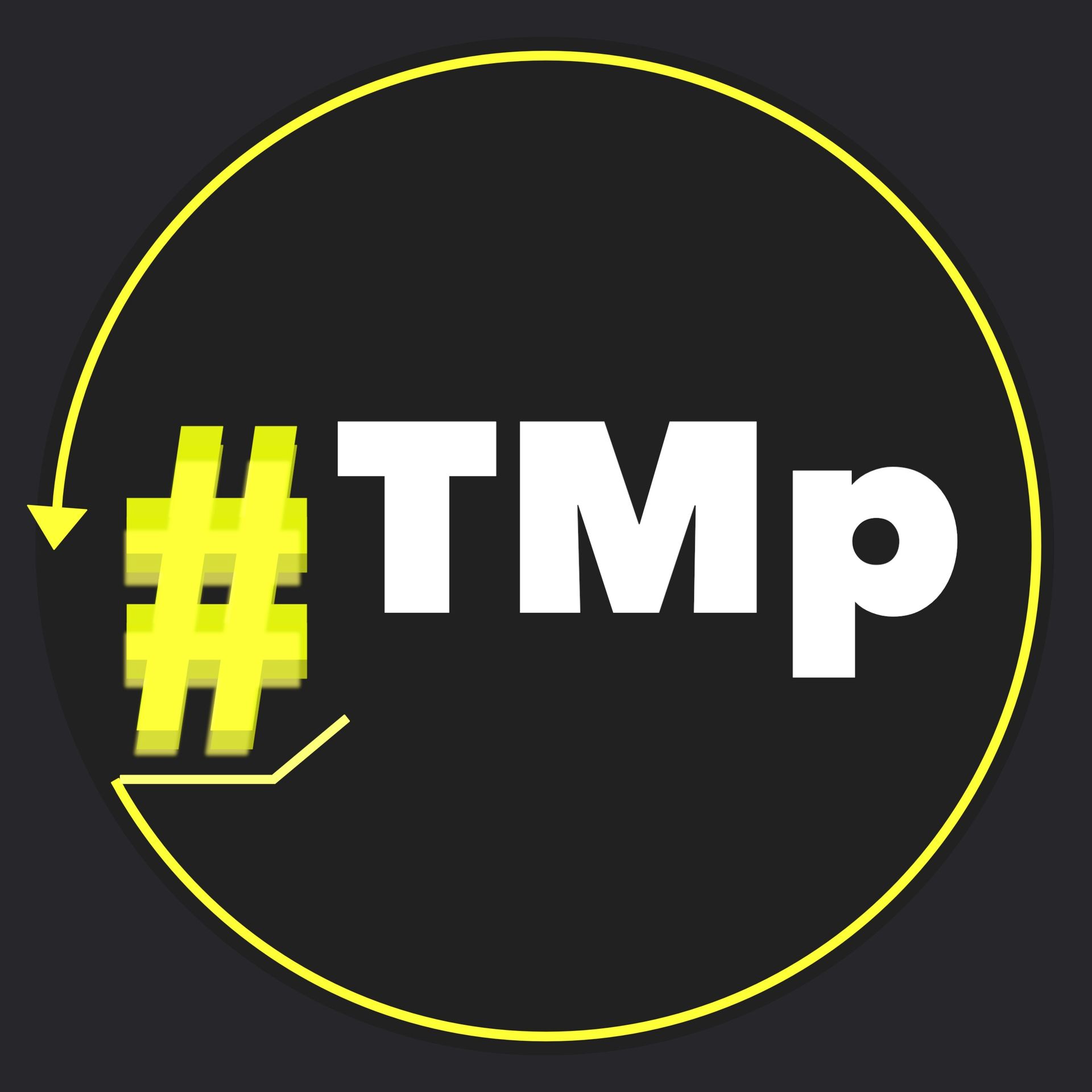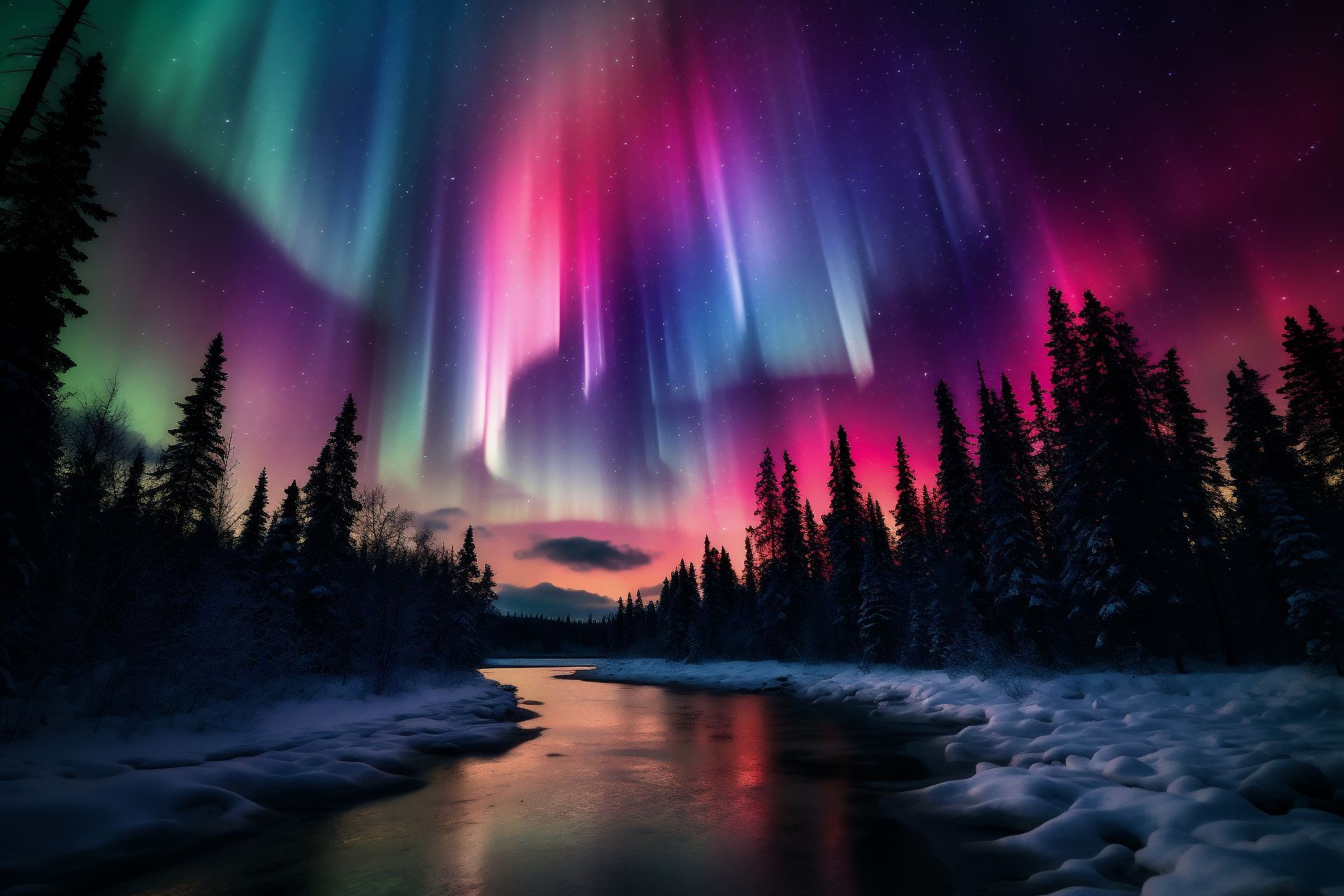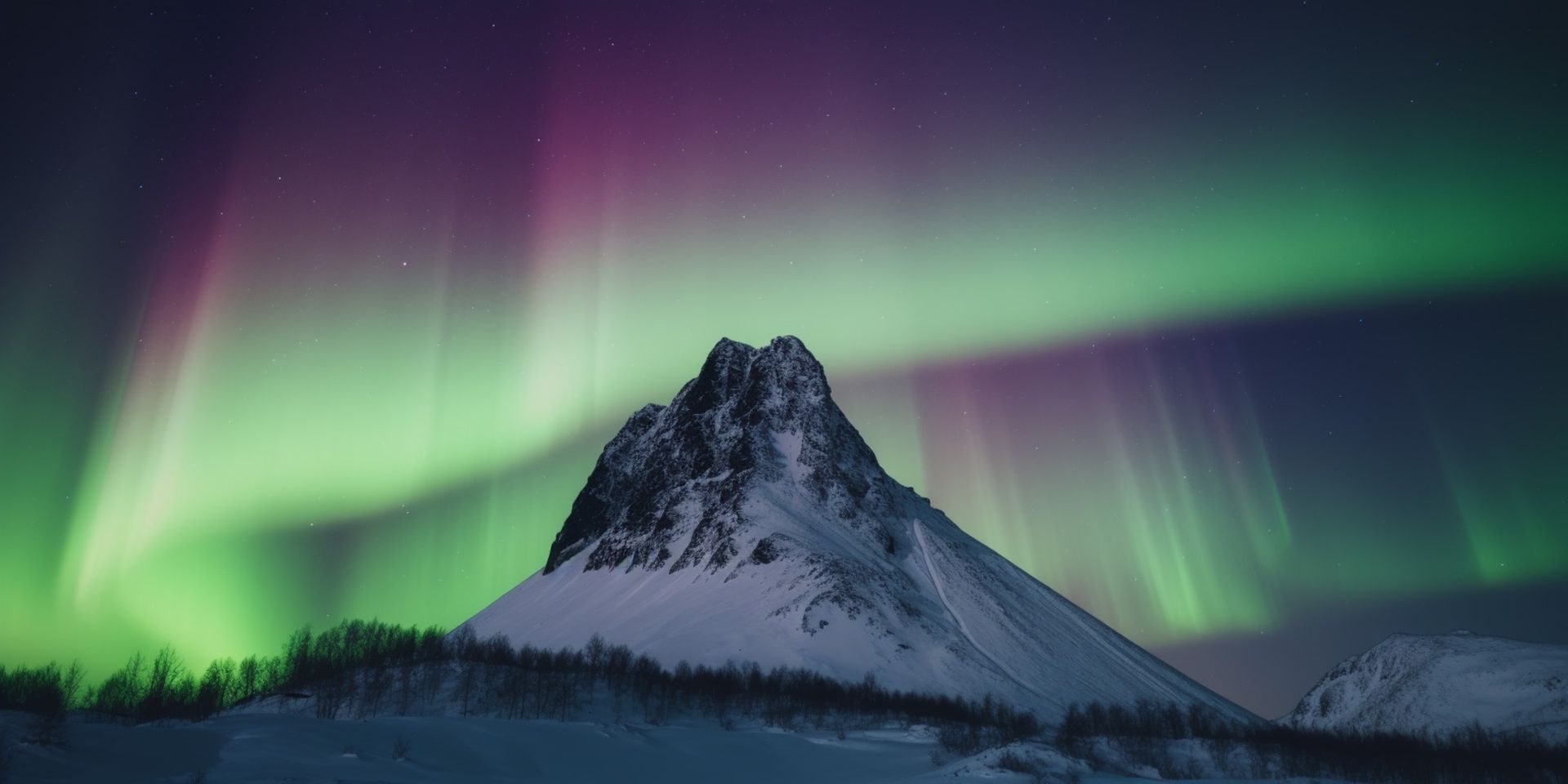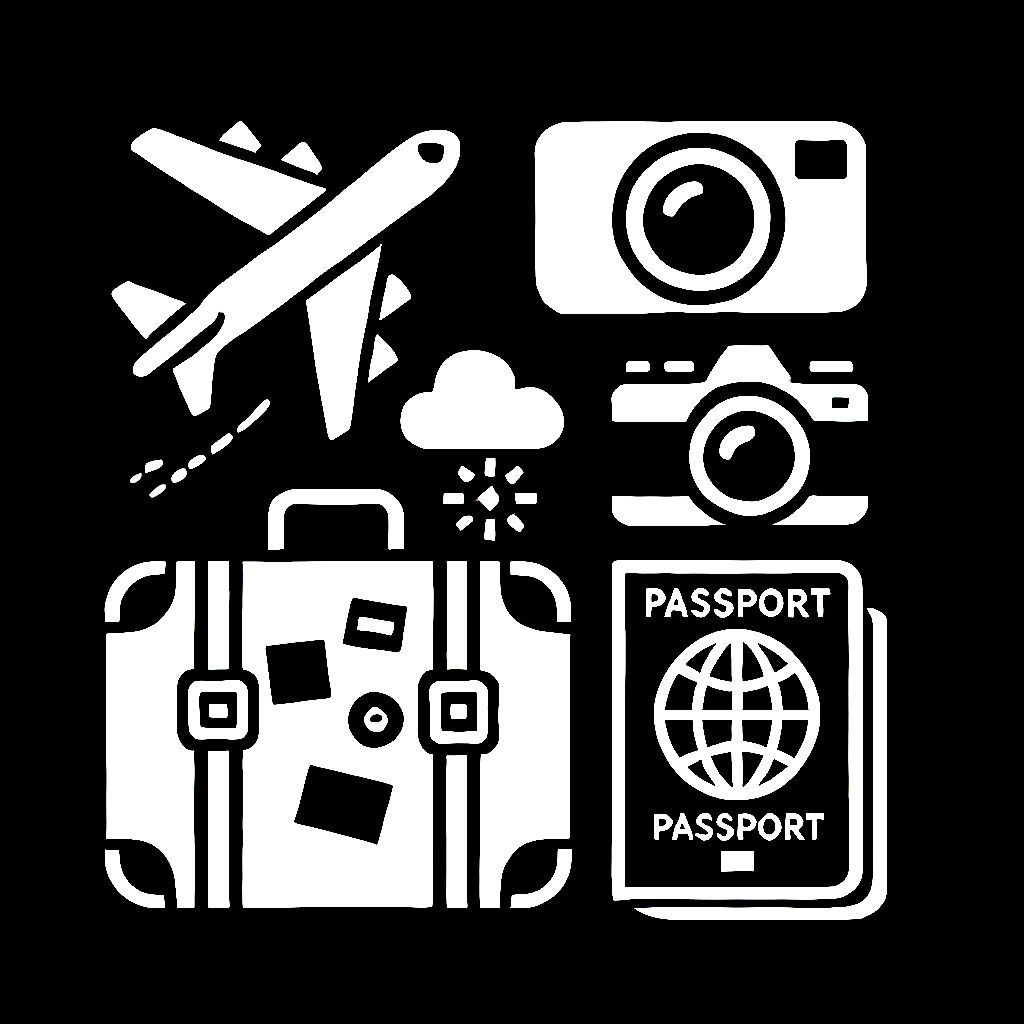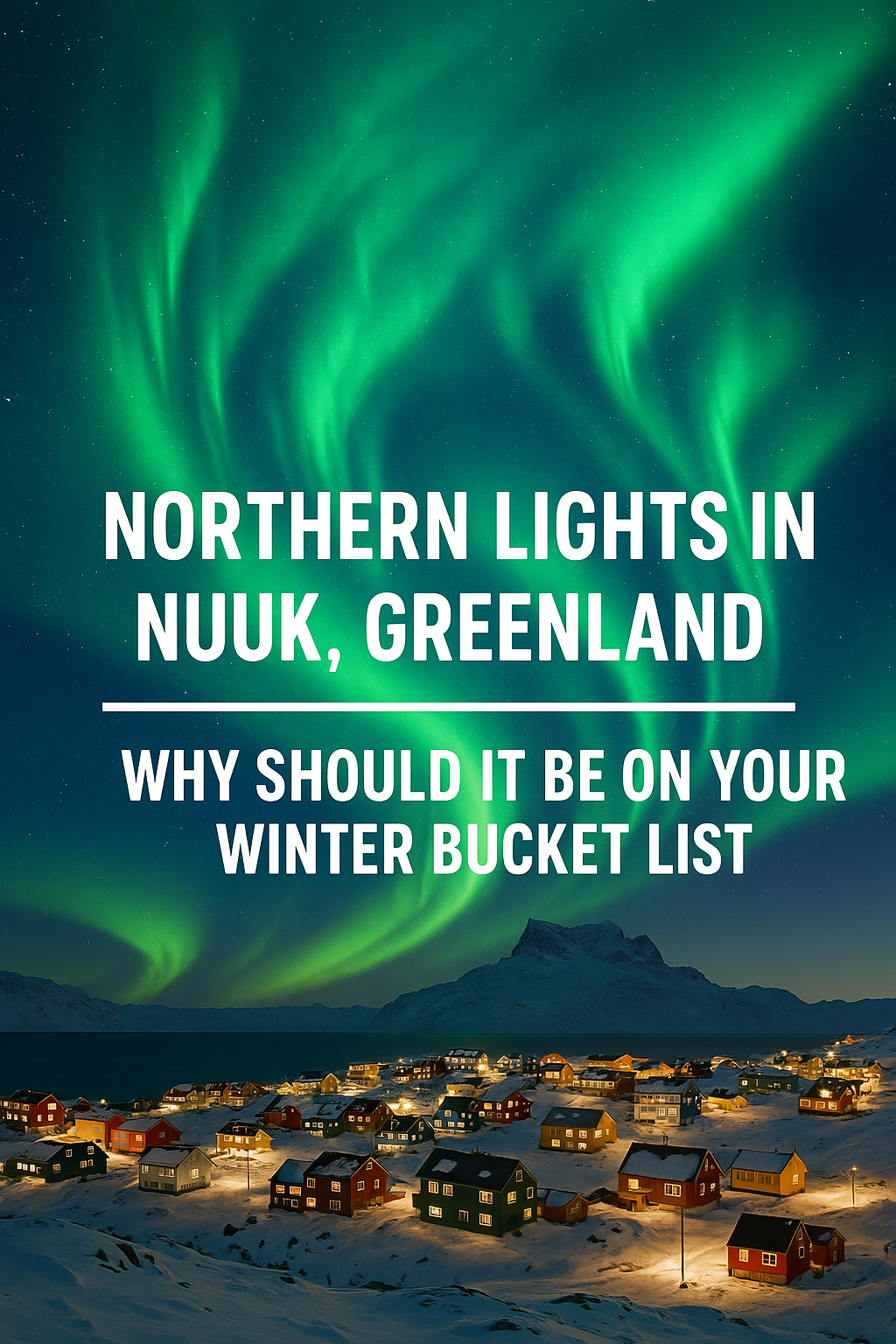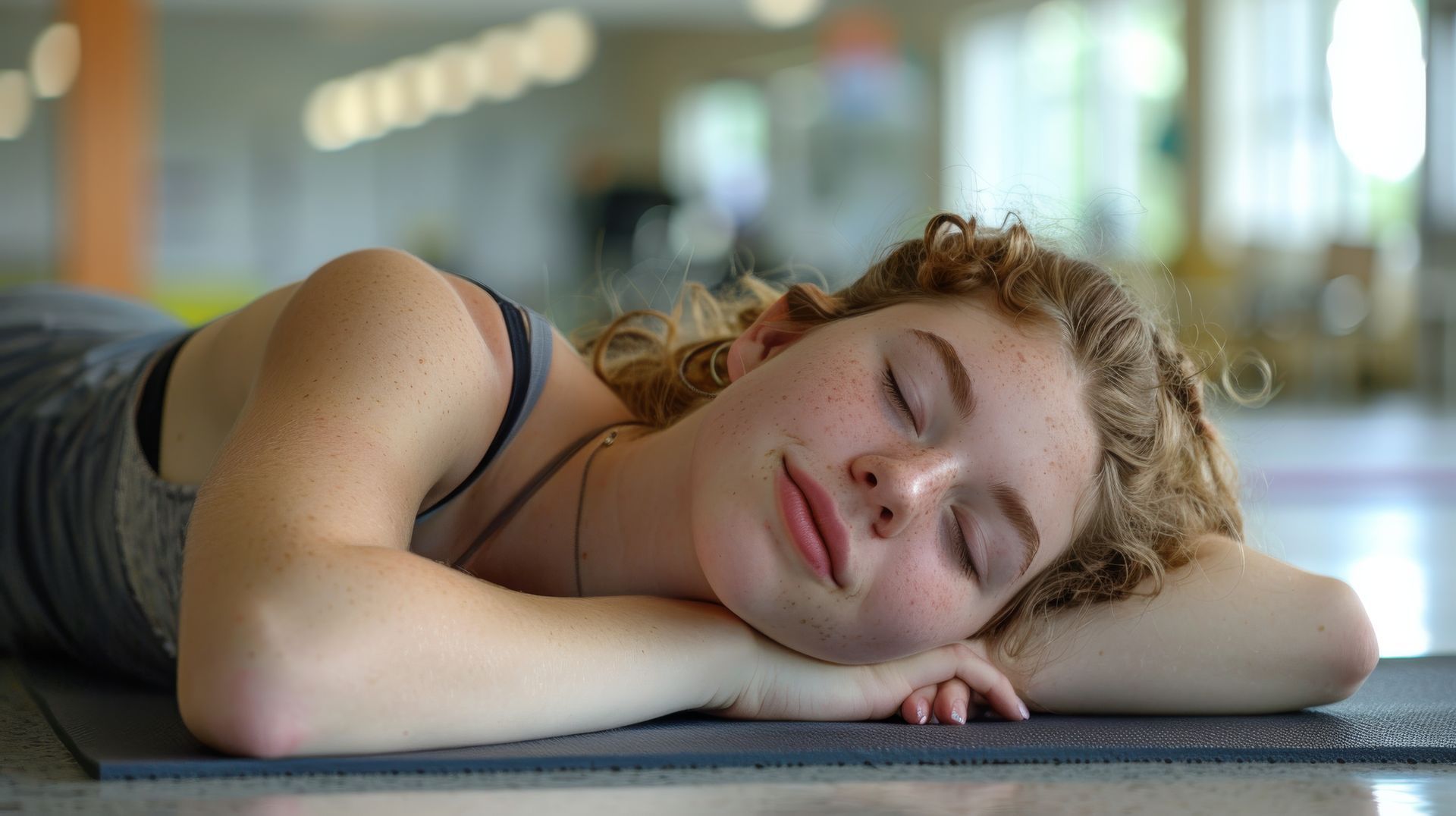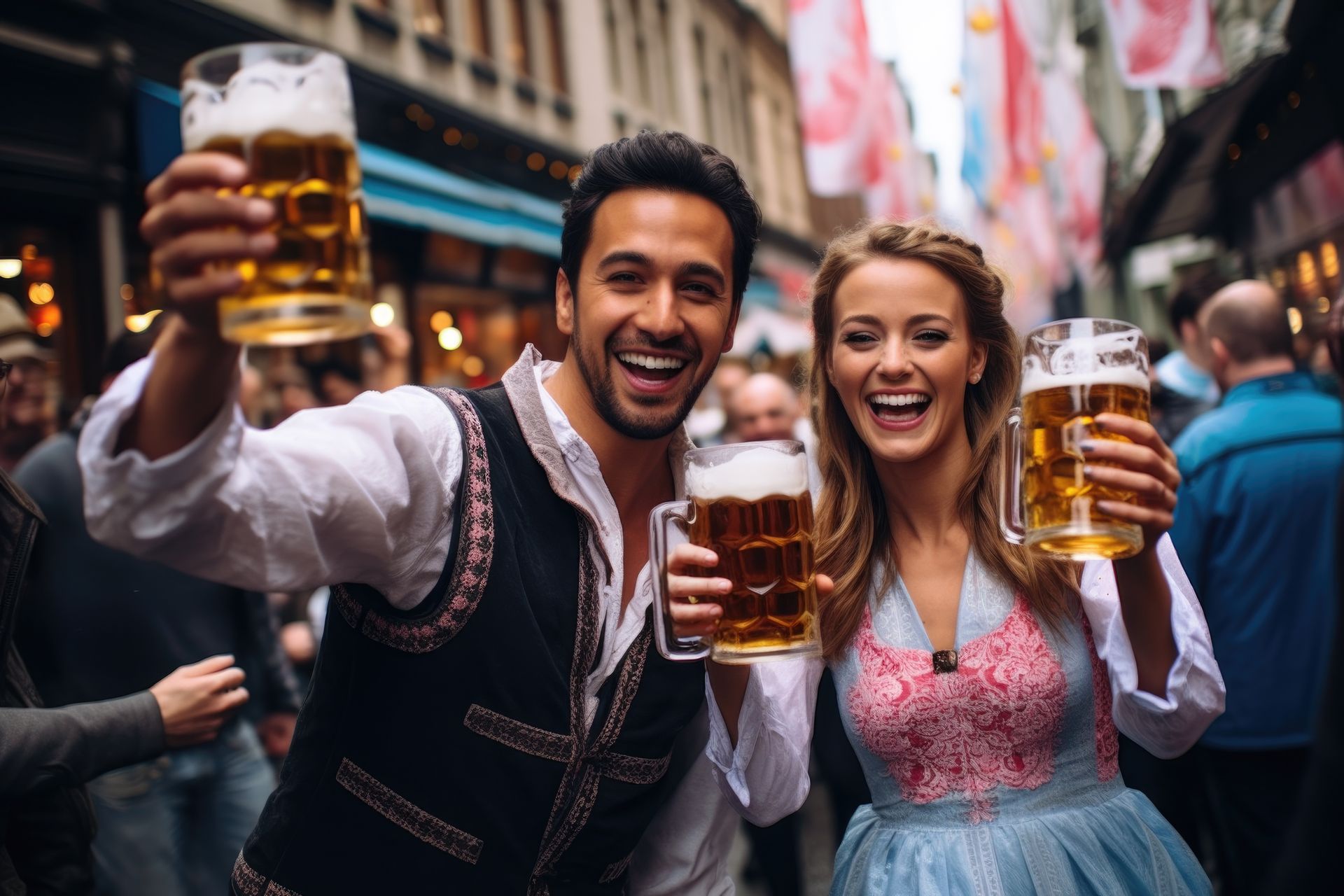FREQUENTLY ASK QUESTIONS
Curious about the magical glow of the Northern Lights in Norway, Canada, and Iceland? This Q&A guide explores the science behind auroras, how solar storms trigger them, and the best times to witness their beauty. Understanding geomagnetic activity and atmospheric reactions helps travelers plan the ultimate aurora-hunting adventure. Discover real-time aurora forecasts, expert insights, and must-visit destinations. Whether you're a stargazer or a science enthusiast, these FAQs uncover everything about this mesmerizing phenomenon.
DESCRIPTION
Have you ever been mesmerized by the ethereal dance of the Northern Lights, those shimmering curtains of color that illuminate the night sky? It's a spectacle that evokes a sense of profound wonder, but behind this magical display lies a fascinating scientific explanation. So, what causes the Northern Lights? Let's delve into the science behind this breathtaking phenomenon.
For centuries, the Aurora Borealis has been shrouded in mystery, inspiring countless myths and legends. However, modern science has unveiled the intricate processes that give rise to this celestial ballet, revealing a powerful connection between our Sun and our planet.
The Sun's Energetic Emissions: The Source of the Aurora
The story of the Northern Lights begins with the Sun, a dynamic star that constantly emits a stream of charged particles known as the solar wind. Occasionally, the Sun experiences more energetic events like solar flares and coronal mass ejections (CMEs), which release vast amounts of these charged particles into space.
How solar activity affects the northern lights
These energetic particles, primarily electrons and protons, travel millions of miles through space. When a particularly strong burst of solar wind, often associated with a CME, reaches Earth, it sets the stage for an auroral display.
Earth's Magnetic Shield: Guiding the Energetic Particles
Our planet is protected by a powerful magnetic field, the magnetosphere, which acts as an invisible shield deflecting most of the incoming solar wind. However, the magnetic field lines converge at the North and South Poles, creating pathways for some of these charged particles to enter Earth's atmosphere.
Trending long tail keyword: role of earth's magnetic field in aurora formation
Think of the magnetic field as a funnel, guiding the energetic particles towards the polar regions. This is why the Northern Lights (Aurora Borealis) are predominantly observed in high-latitude areas of the Northern Hemisphere.
Atmospheric Collisions: The Birth of Light
Once these high-speed electrons and protons enter Earth's upper atmosphere, they collide with atoms and molecules of gases like oxygen and nitrogen. These collisions transfer energy to the atmospheric gases, causing them to become "excited."
Atmospheric gases responsible for northern lights colors
Just like the gas in a neon light glows when electricity passes through it, these excited atoms and molecules release the extra energy in the form of light. This emission of light is what we perceive as the Aurora Borealis.
The science behind northern lights colors
The different colors of the aurora are determined by the type of gas involved in the collision and the altitude at which it occurs:
- Green light, the most common, is produced by the excitation of oxygen atoms at lower altitudes.
- Red light is also produced by oxygen atoms but at higher altitudes.
- Blue and violet light originate from the excitation of nitrogen molecules.
- Pink hues often result from a combination of light emitted by oxygen and nitrogen.
The Wonder of Understanding: Science Enhances the Magic
Understanding the scientific processes behind the Northern Lights doesn't diminish their magic; rather, it deepens our appreciation for the intricate connections within our solar system. It highlights the power of the Sun and the protective role of Earth's magnetic field and atmosphere in creating this awe-inspiring natural phenomenon.
So, the next time you witness the captivating dance of the Aurora Borealis, remember the incredible journey of energetic particles from the Sun, guided by Earth's magnetic field, culminating in a breathtaking display of light born from atmospheric collisions. It's a magical journey indeed, one that is beautifully explained by science.
🌆 Explore Cities & Regions In Norway
🎧▶️ From Our AUDIO BLOG

